Pressure Transducers
Through the pressure measurement of fluid media (including gas, steam, or liquid), the pressure transmitters provide real-time data for industrial manufacturing to enable the automatic control of the production process. Gauge pressure transducers quantify the pressure based on local atmospheric pressure. On the other hand, absolute pressure transducers evaluate the pressure in proportion to a perfect vacuum. Differential pressure transducers quantify the pressure based on the difference between two applied pressures. Pressure transducers from MicroSensor have a wealth of optional product specifications. The most popular options are explosion-proof pressure transducers, special pressure transducers for the process industry, sanitary pressure transducers, anti-corrosion pressure transmitters, and so on.
Differential Pressure Transducers
The distinction between a differential type and a general pressure transducer is that the former has two pressure ports. The differential pressure transducer is commonly divided into a negative pressure end and a positive pressure end.
Principally, the pressure at the negative pressure end of the differential pressure transducer should be lower than the pressure at the positive pressure end so that the differential pressure can be sensed and appropriately measured. Differential pressure transducers are typically utilized to gauge the differential pressure of gases and liquids and provide monitoring data for the production process. A good differential pressure transmitter should offer simple integration possibilities and automatic zero-point adjustment.
Submersible Pressure / Level Transducers
Submersible pressure transducers are ideal for measuring liquid levels. By installing the liquid level apparatus at the bottom of the liquid and detecting the pressure value of the liquid, the liquid level value relating to the measured liquid can be determined. Submersible pressure transducers are primarily used to monitor pool or water tank liquid levels and crude or fuel oil storage tank liquid levels. Even in challenging applications such as chemical plants and waste treatment plants, these devices can function with the greatest process reliability. A high degree of accuracy is employed when converting the measuring cell's pressure signal into a scaled industrial signal. Submersible pressure sensors stand out from conventional pressure sensors due to their integrated overvoltage protection. The feature offers protection against nearby lightning strikes.
What Does A Pressure Transducer Do?
Pressure transducers generally convert the pressure exerted by an external force or fluid into an electrical output signal that sends to the controller unit for interpretation. In smart cities and industrial production, pressure transducers are quite essential, which is why they are widely used.
Monitoring liquid and gas pressure through pressure transducers and pressure transmitters can provide data for industrial production automation and ensure more convenient and safer use of water, oil, and gas in smart cities.
How Does A Pressure Transducer Work?
The measured medium transmits the pressure to the diaphragm at the front end of the pressure transducer, causing the diaphragm to deform after being pressed, and then transmit the pressure step by step to the pressure measuring chip. Different pressures will cause different degrees of deformation of the chip. Due to the piezoresistive effect, the resistance value output by the diffused silicon pressure transducer will change. The electronic circuit is used to detect this change and convert and output a standard measurement signal corresponding to this pressure.
What are the Main Components of a Pressure Transmitter?
Pressure transducers usually consist of the following three elements:
• Pressure Sensing Element: The core component of the pressure transmitter that is used to sense the pressure of the medium.
• Signal Conversion Circuit: Converts the original pressure signal into a standard electrical signal.
• Process Connection: Allows the transmitters to be connected to the process system where pressure measurement is required.
What Media Can the Pressure Transducer Measure?
The pressure transducer is selected according to the different measurement media, which can be divided into dry gas, gas-liquid, strong corrosive liquid, viscous liquid, high-temperature gas-liquid, etc. Correct selection according to different media will help extend the transmitter service life.
Depending on the medium, there are usually different names:
• Gas pressure transducer
• Water pressure transducer
• Hydraulic pressure transducer
• Oil pressure transducer
• Fuel pressure transducer
What Are The Commonly Used Units for Pressure Transducers to Measure Pressure?
Common pressure units for pressure transducers include MPa, kPa, bar, psi, kilo, etc. These units are very common in practical applications. There is a clear conversion relationship between them.
1MPa=1000kPa=10bar=1000mbar=10kilo ≈145psi
MPa is frequently utilized for higher range pressure thanks to its larger value. One bar is equal to the earth's atmospheric pressure at sea level, about 14.6 PSI.
What Are The Output Signals of The Pressure Transducer?
A pressure transducer generates an electrical output signal proportional to the pressure when connected to an electrical source and a pressure source. The output signal can be digital or analog. Usually, the pressure transducer is powered by a DC power supply and provides a variety of output signal options, including 4~20mA DC, 0~5V DC, 1~5V DC, 0~10mA DC, etc., can have 232 or 485 digital outputs.
How Do Diffused Silicon Pressure Transducers Work?
The measured medium transmits the pressure to the diaphragm at the front end of the pressure transducer, causing the diaphragm to deform after being pressed, and then transmit the pressure step by step to the pressure measuring chip. Different pressures will cause different degrees of deformation of the chip. Due to the piezoresistive effect, the resistance value output by the pressure transducer will change. The electronic circuit is used to detect this change and convert and output a standard measurement signal corresponding to this pressure.
How Is a Pressure Transducer Installed?
The pressure transducer is usually installed with thread on the pipeline and storage tank to be measured. The signal can be read through the Hirschmann interface, plug interface, or direct wiring, and wireless remote transmission signals are optional.
There are options for direct wiring as well as wireless remote transmission signals. The pipe's orientation and the pressure media (steam, liquid, or gas) will determine the method of installation of the pressure transducer along with its positioning. Make sure you enlist a professional with hands-on experience to handle your pressure transducer installation.
What Are the Types Of Pressure Transducers?
Pressure transducers are usually divided into three types: absolute pressure, gauge pressure, and sealed gauge pressure. According to the measurement purpose, it can be divided into general pressure transducer and differential pressure transducer.
Pressure transducers can also be classified based on measurement technology into strain gauge pressure transducers and capacitance pressure transducers. There are also potentiometric pressure transducers, resonant wire pressure transducers, piezoelectric pressure transducers, and inductive pressure transducers.
How to Select Pressure Transducers?
Pressure transmitters now support wireless technologies, making them applicable to critical operations that were impossible before. The devices are now utilized as pressure sensors in pharmaceutical industries, engine test setups, mining industries, and for preventative maintenance in high-flow fluid lines.
When selecting a pressure transducer, the following parameters need to be confirmed:
• The medium to be measured and the temperature of the medium
• Measuring range
• Accuracy
• Pressure ports
• Output signal
• Working environment temperature, etc.
What Certifications Does MicroSensor Pressure Transducer Have?
As a pressure transducer manufacturer, MicroSensor has obtained multiple international certifications, including ATEX explosion-proof, CB, CE, and DNV certifications, UL, 3A, IECEX, CSA, RoHS, etc. The significance of these certifications is to ensure the quality and safety of the product and make it meet the relevant international and regional standards and requirements.
CE certificated means that MicroSensor has a "passport" to enter the European market. ATEX certification indicates that the pressure transducer meets European explosion protection standards and is suitable for hazardous environments. UL certification indicates that the product meets US safety standards. DNV certification makes MicroSensor products for ship use. In addition, certifications such as CSA and IECEx further prove the product's ability to be used in complex environments. These certifications provide a solid foundation for MicroSensor expansion in the global market.
Resources
-
Meet MicroSensor at Sensor+Test 2025
We are excited to invite you to join MicroSensor at Sensor+Test 2025! Taking place in Nuremberg, Germany, this event serves as a platform for industry professionals to showcase innovations, network, and learn about the latest advanceme...
-
Meet MicroSensor at TAUSENDWASSER 2025
TAUSENDWASSER 2025 emphasizes the importance of conserving and efficiently using water resources. New technologies and products are promoting the water industry. Discover the measurement and control solutions with MicroSensor! Take the...
-
Meet MicroSensor at SMAGUA 2025 with a FREE PASS
At Smagua 2025, you'll have the opportunity to explore MicroSensor measuring products designed to meet the diverse needs of the water and wastewater industry. Our expert team will be on hand to discuss how our solutions can help you en...
-
MDM7100 Pressure Transmitter of Micro Sensor: a Finalist of the Best of Industry Awards 2024
On January 16, 2025 (local time in Würzburg, Germany), the Best of Industry Award 2024 award ceremony came to a successful conclusion! We are honored to announce that Micro Sensor Co., Ltd.(Micro Sensor) has been a finalist for the Be...
-
Micro Sensor Successfully Concludes the 7th Technology Conference
On December 6, the 7th Micro Sensor Technology Conference with the theme of "Preserving Essence, Pursuing Innovation" was successfully held in Xi'an, Shaanxi. More than 200 technical R&D personnel of Micro Sensor participated in the co...
-
Dual Output Pressure Transmitter for Aerial Work Equipment
The dual-output pressure transmitter is mainly used in aerial work platforms, elevating personnel fire trucks, intelligent shelving systems, beam transport vehicles, and beam lifting machines. These applications require high safety sta...
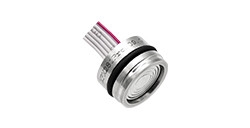

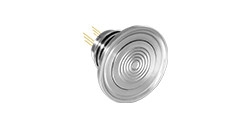

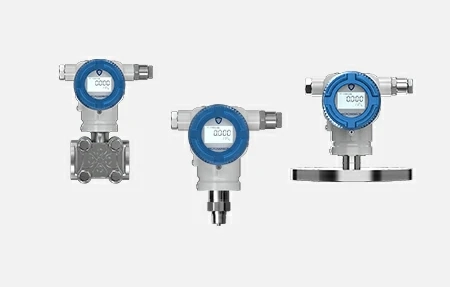

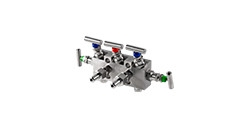
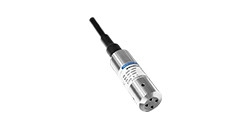
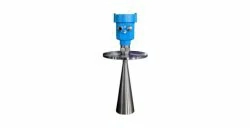


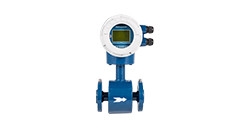
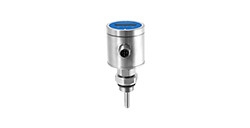

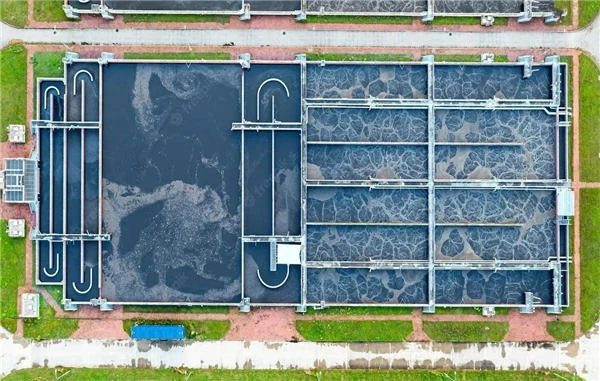
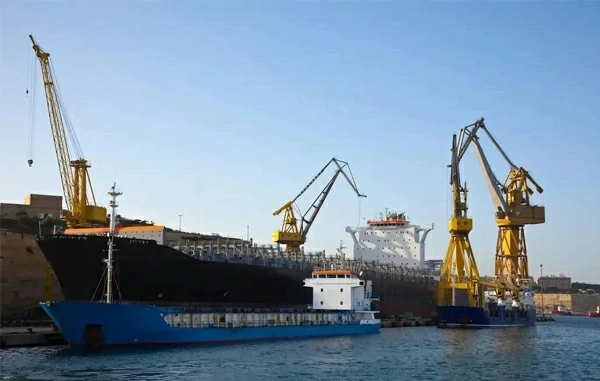
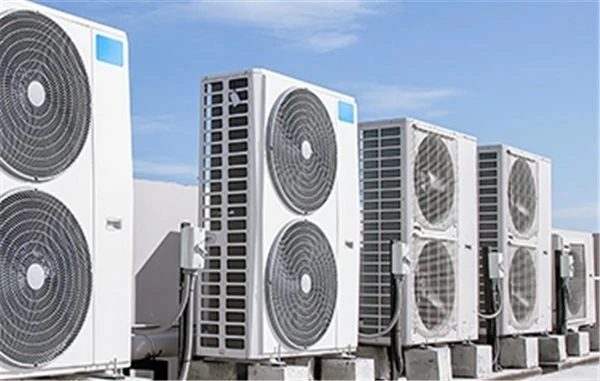

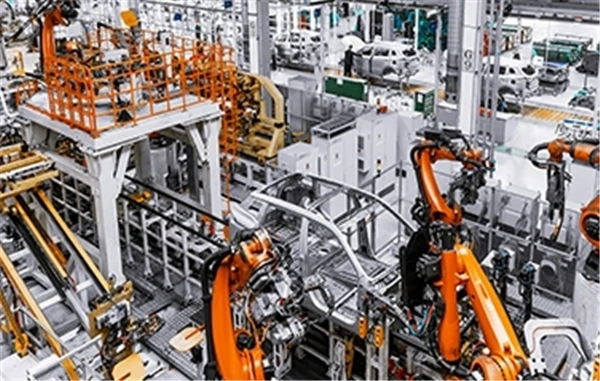
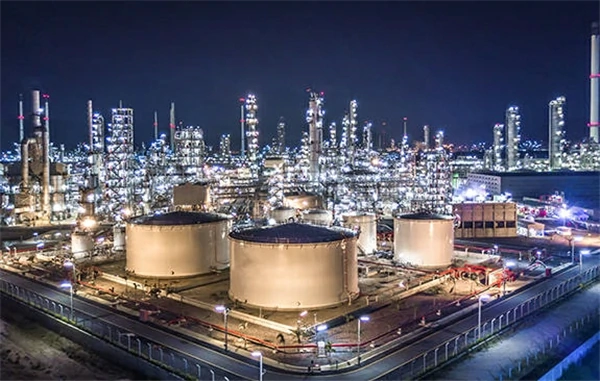
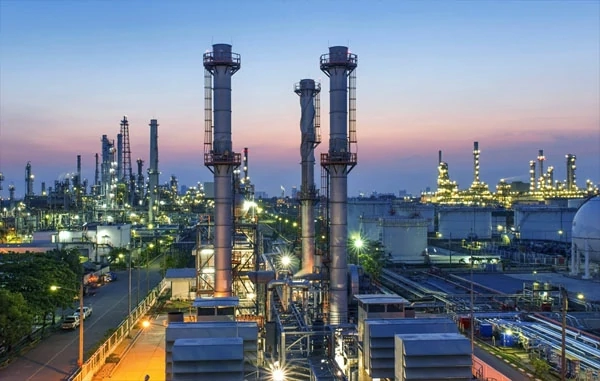
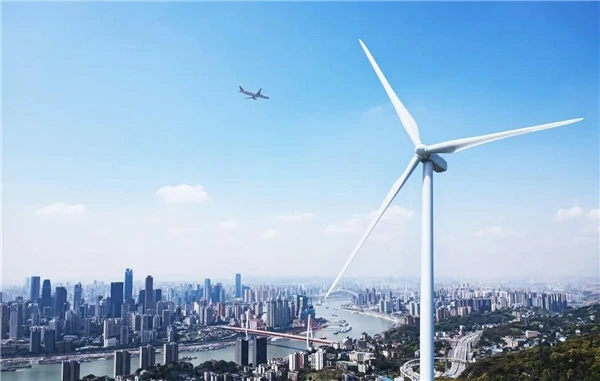
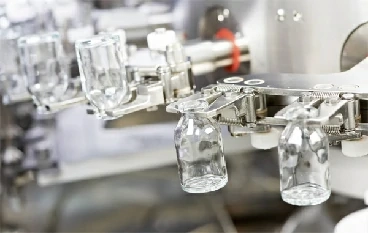
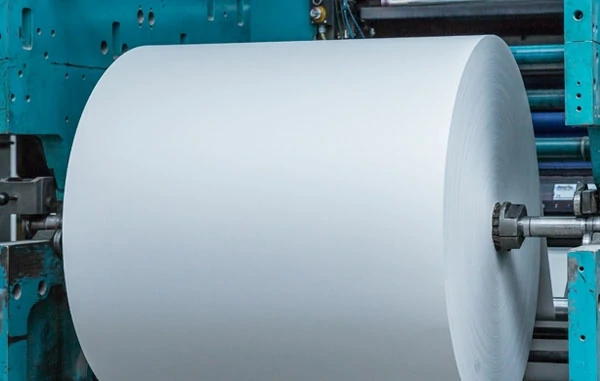
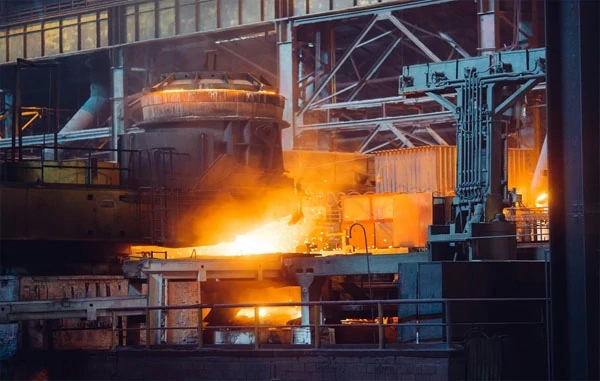
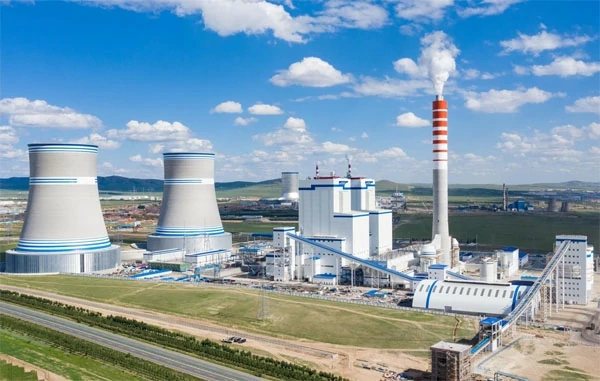

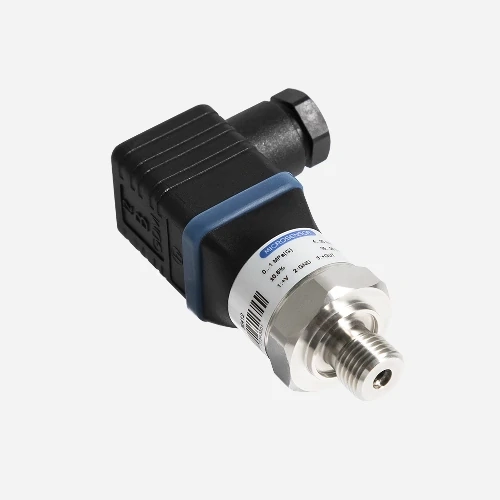
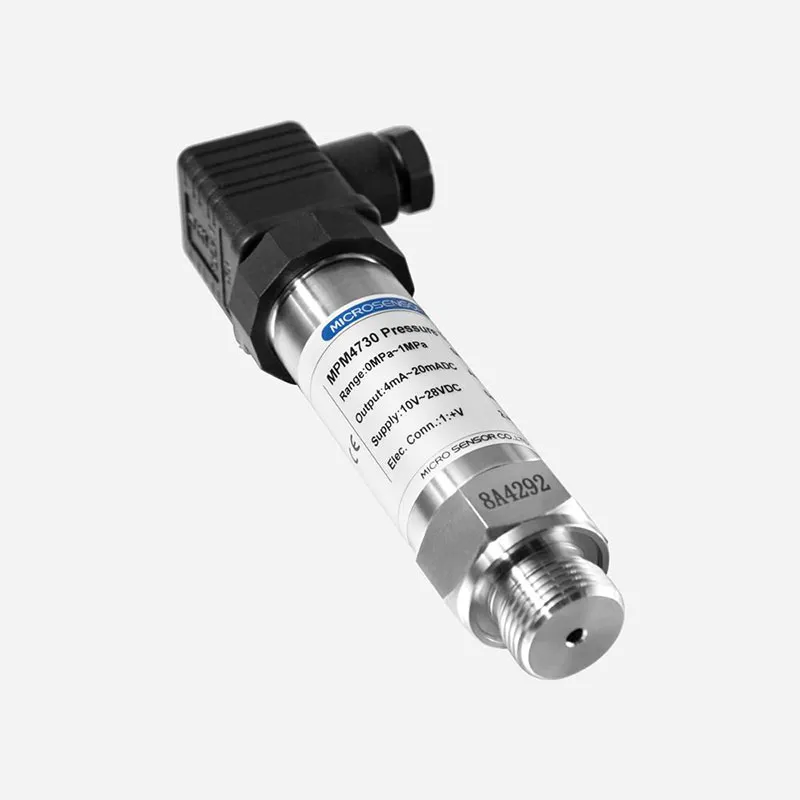

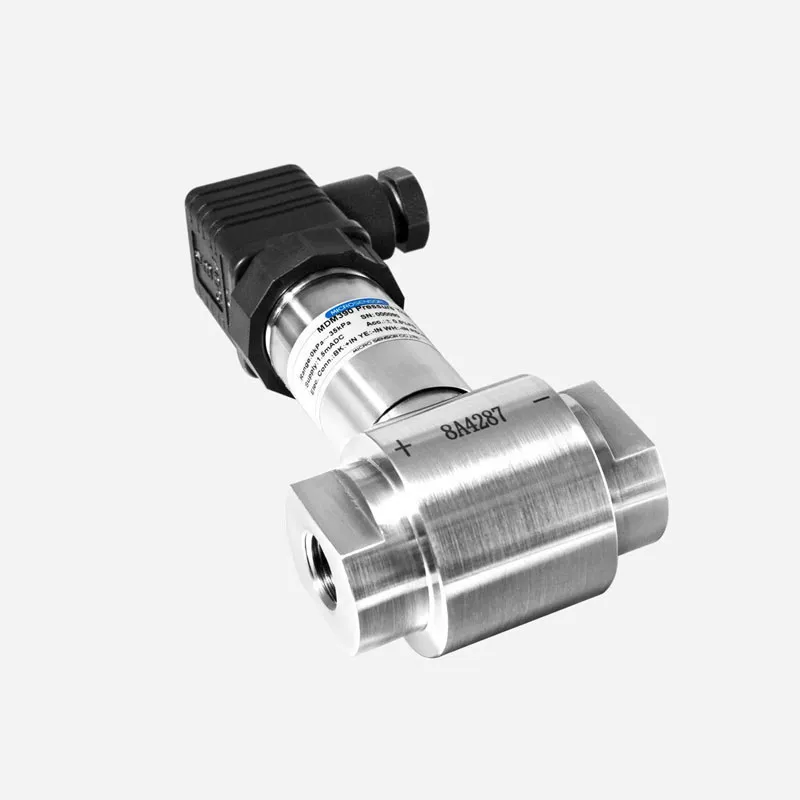
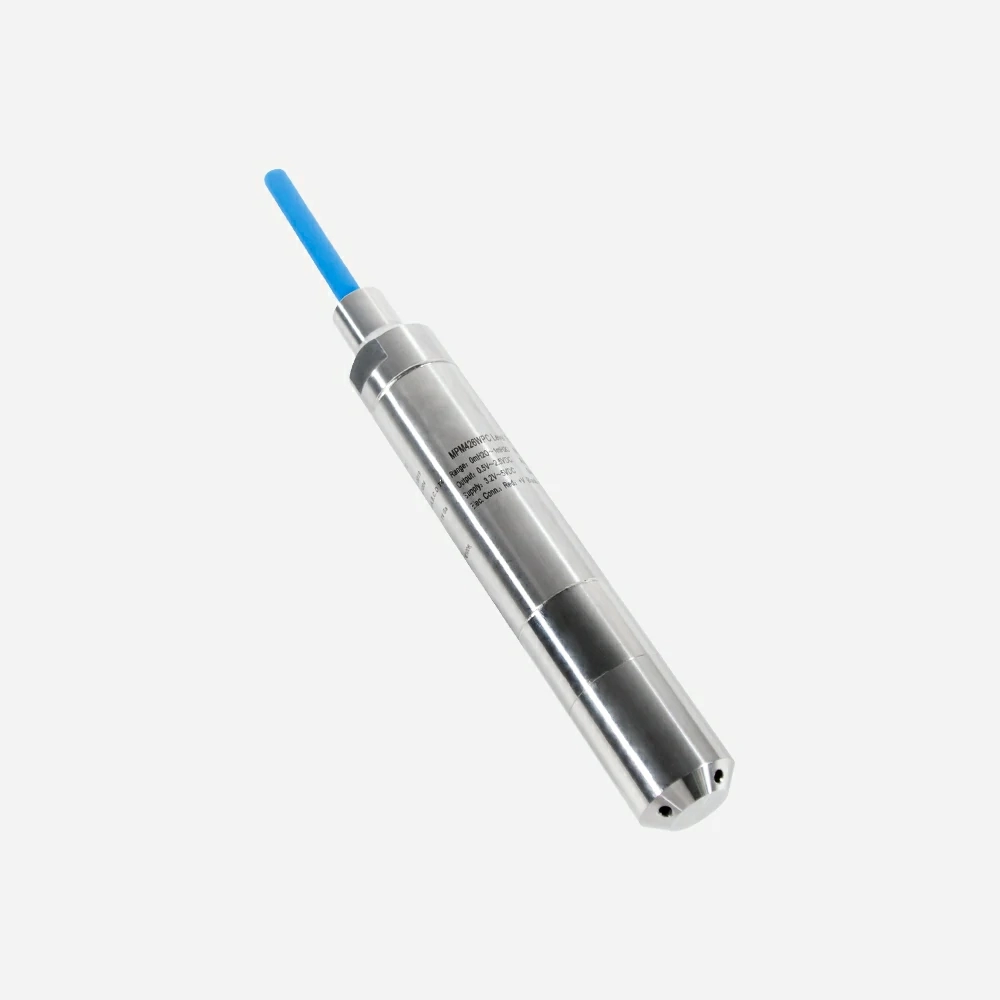


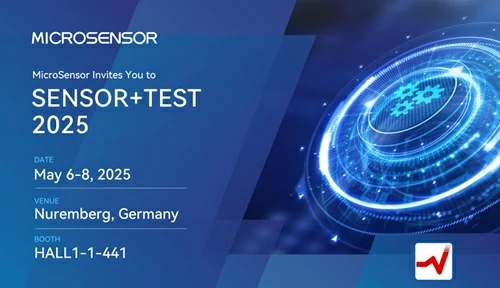


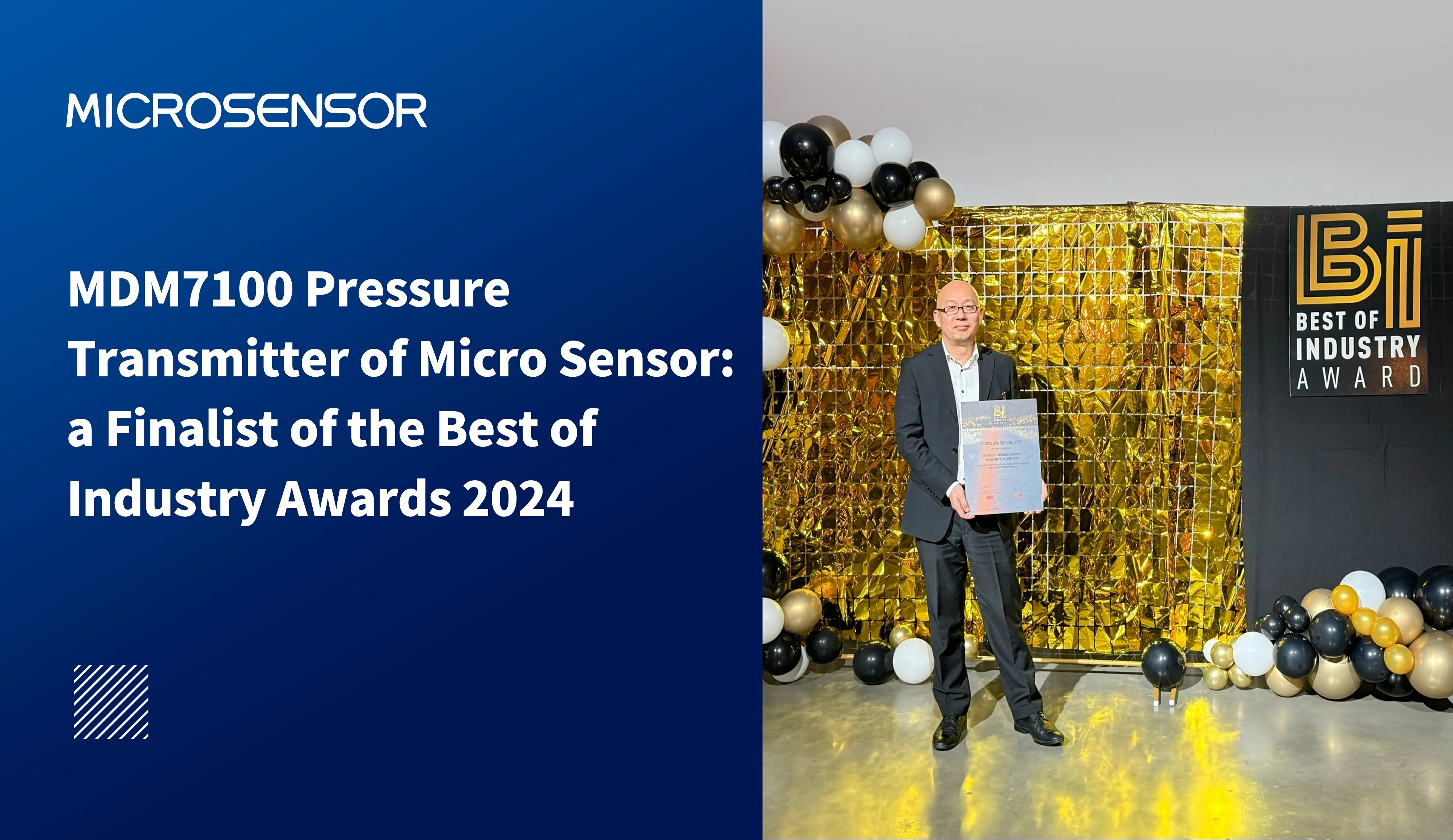

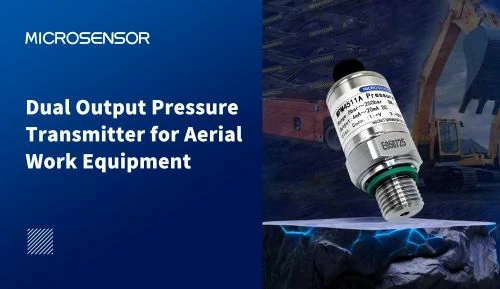
 Copyright © 2025 MICRO SENSOR CO., LTD
Copyright © 2025 MICRO SENSOR CO., LTD



